|
 Cave-Making Agent: Lava
Cave-Making Agent: Lava

|
Lava, which is molten rock that has reached Earth's surface
from deep underground, is able to form long and extensive cave
networks. Instead of carving or eating away at existing rock,
it creates caves within a lava flow as the flow slowly
solidifies.
|

|
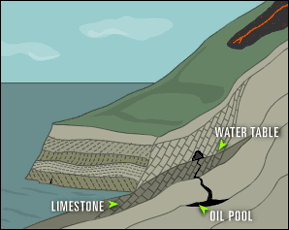
|

|
|
Lava flows down a slope in a shape that resembles a tongue.
Within this tongue is a channel of lava that flows faster than
the surrounding lava, in the same way that a river or stream
has a channel of faster-moving water, usually over its deepest
point.
|

|
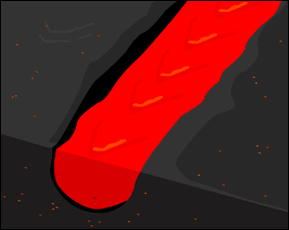
|

|
|
The slower-moving lava along the sides of the flow cools
first, leaving a stream of flowing lava near the center.
A crust then forms over the top of the lava as it cools
further, first along the sides of the stream, then over the
stream. The tube that now encases the flowing lava holds heat
in, and the lava continues to flow.
|

|
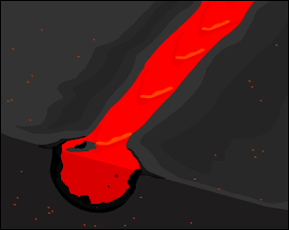
|

|
|
When the flow of lava from underground ends, most of the lava
in the tube flows out, leaving an empty tube. Some molten rock
clogs at the lower end of the tube.
Other lava flows may cover the new cave, burying it deeper and
deeper.
|

|
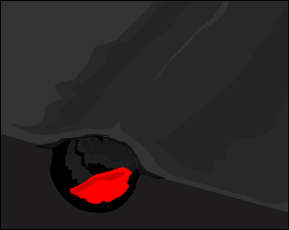
|

|
|
Openings to lava caves usually lie on the surface, where a
thin part of the cave ceiling has collapsed.
Such caves are commonly found in places where lava has flowed
recently (in geological terms), such as Hawaii and the western
U.S. The longest lava cave is Kazumura Cave in Hawaii, a cave
system that is almost 30 miles long.
Choose another way that caves can form.
|

|
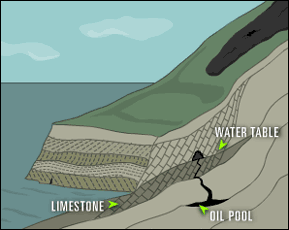
|

|
|
|

